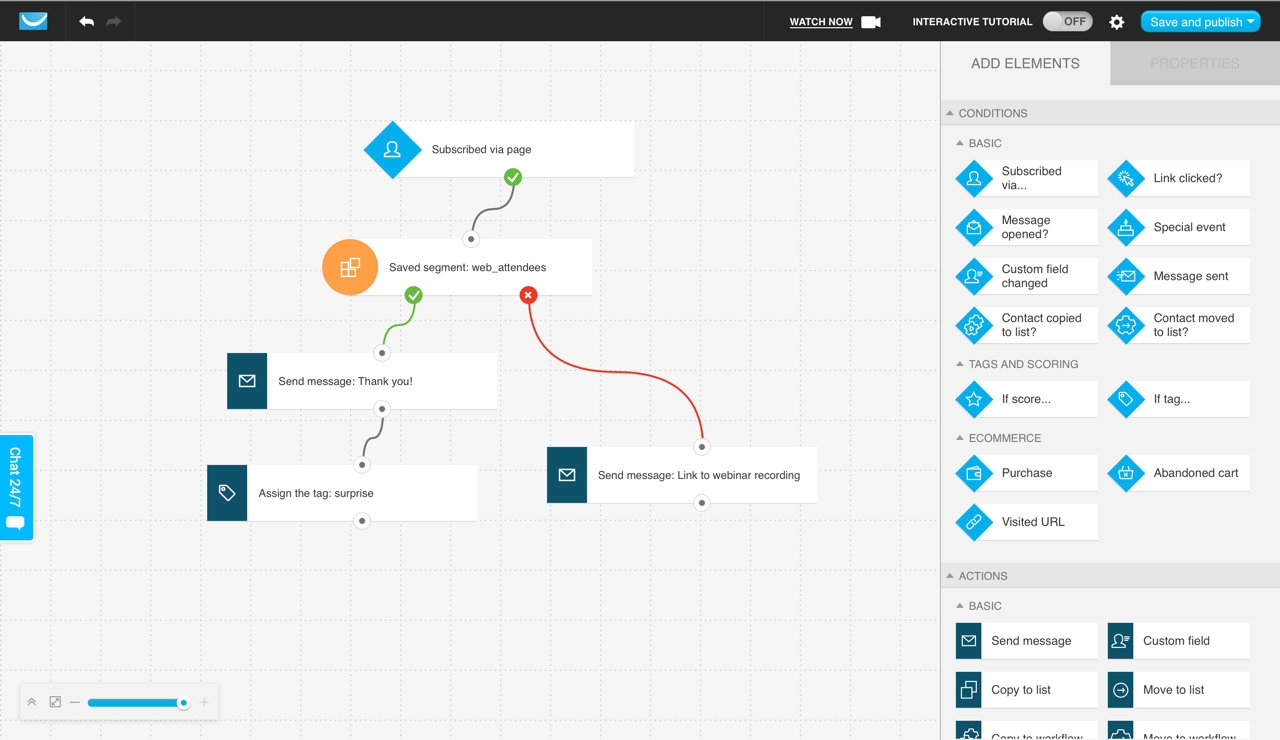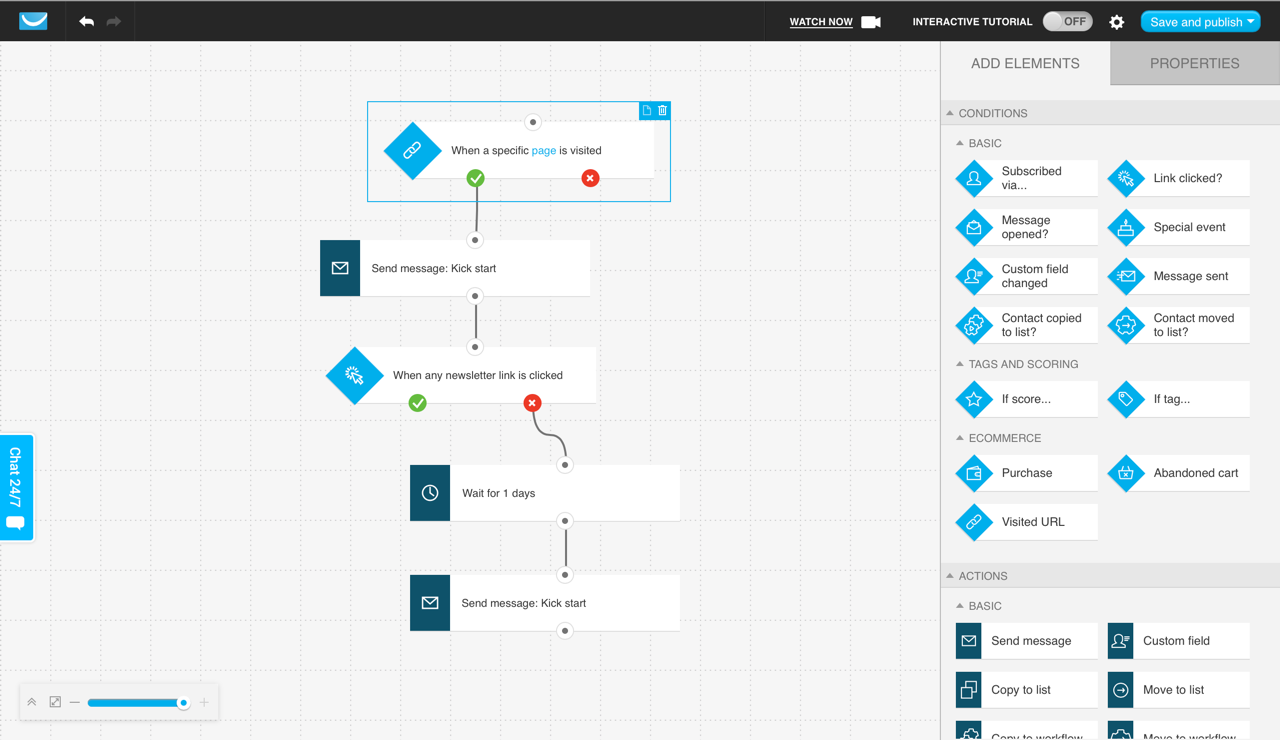Marketing automation helps bring ideas to life. Whether you are a solopreneur, a growth hacker in a small startup or a part of a marketing department in a huge enterprise – you can use marketing automation to tailor messaging to your audience and run effective online marketing campaigns. And that’s exactly what I want to focus on in this article. I want to describe one of the most prominent features of marketing automation – versatility.
The customer journey
Marketers have always tried to visualize the customer journey in order to plan their communication better. Be it a funnel, a mountain that prospects climb, a customer loyalty loop, or a detailed customer journey map – each representation of the customer journey contains the following three crucial stages:
- awareness
- consideration
- purchase
I’m going to use these stages as background for a few example marketing automation workflows. You’ll see that you can use marketing automation at every touch point.
Feel free to use the following examples as a source of inspiration for your own online marketing efforts. Enjoy!
And if you feel like you need a refresher, this post explains what marketing automation is all about.
Awareness
Awareness refers to the initial stage of the customer journey where your target audience hasn’t heard of your product or service yet. What’s more, there will even be people who are completely new to the industry, which means that they are looking for information that will help them recognize their needs and direct them towards a solution to their problems.
Your job here is to help people discover your brand and help them remember it so that it’s among the initial set of brands they will consider when approaching a purchase. Show your target audience that you know their problems and explain how your product or solutions solves them.
Main goal: education
Recommended content: articles, blogs, checklists, tip sheets, how-to videos, ebooks, webinars
Here’s an example of a marketing automation workflow that will help you run an educational webinar:
The workflow starts when subscribers sign up for the webinar via landing page. They receive a thank you email and two reminders before the event. After the webinar each participant receives an email with a surprise and people who registered but didn’t participate receive an email with a link to the recording.
Further read: If you need more information, here’s an article how to create high converting webinars, build your list & sell more.
Consideration
Consideration refers to the moment when people recognize their problems and search for the best solution available. Here’s where you build relationship with your audience. Where you present your brand values. Where you adjust messaging to the needs and preferences of your target audience. Where you deliver content that your ideal customers see as relevant and valuable.
Main goal: to help people realize if they are/aren’t a good fir for your business
Recommended content: courses, customer testimonials, case studies, FAQs, product webinars
Here’s an example marketing automation workflow for the consideration stage:
The workflow starts when people subscribe for an email course. Each day (or every couple of days) participants receive an email with an article and a link to a video on particular subject. At the end of the course they will receive an email with a link to summarizing quiz.
Tip: You could spice it up a bit by offering a discount code to those who score high enough.
Purchase
Purchase is the moment where your prospects are ready to buy. They are ready to choose from the final selection of brands they’ve been researching. At this stage your main goal is to help them make an informed purchase decision – when the time is right you want them to buy your product.
Making the final decision is often stressful and puts a strain on decision makers. That’s why at this point I recommend keeping your messaging simple and straightforward. Communicate clearly by keeping your messages short and simple.
Main goal: help prospects make an informed purchase decision
Recommended content: competitor analysis template, free trial, live demo, audit/recommendations, data sheets, guides designed to convince the c-suite
Take a look at an example workflow for the Purchase stage:
The workflow starts when a subscriber visits a specific URL address e.g. a specific page on your website. That action triggers an email with a clear CTA urging them to purchase the visited product or sign up for a free trial and discover the potential of your service. If they don’t click any link in the email, they will get a reminder the next day.
Further read: If you want to improve your CTAs, here an article on email calls-to-action: five guidelines for conversions.
How do you use marketing automation?
As you can see, you can use marketing automation at any stage of the customer journey and design workflows that will reach various business goals. How do you use marketing automation? Share your ideas in the comments below!



